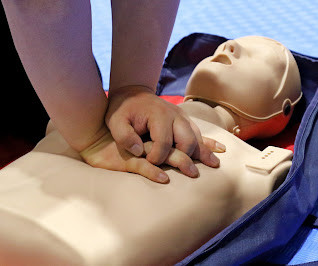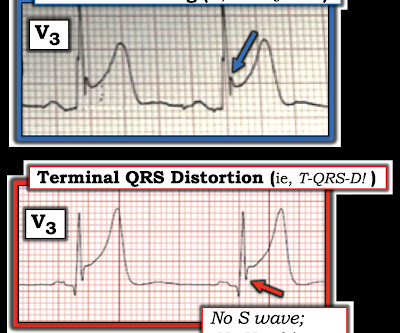Volunteer responder systems significantly increase the proportion of bystander CPR and defibrillation.
Heart 2023 Conference
JULY 11, 2023
Using automated external defibrillators (AEDs) and cardiopulmonary resuscitation (CPR) as soon as possible increases a person's chance of surviving a cardiac arrest. After meeting the exclusion criteria, more than 9,500 cases of out-of-hospital cardiac arrest were included in the study cohort. versus 4.6%










Let's personalize your content